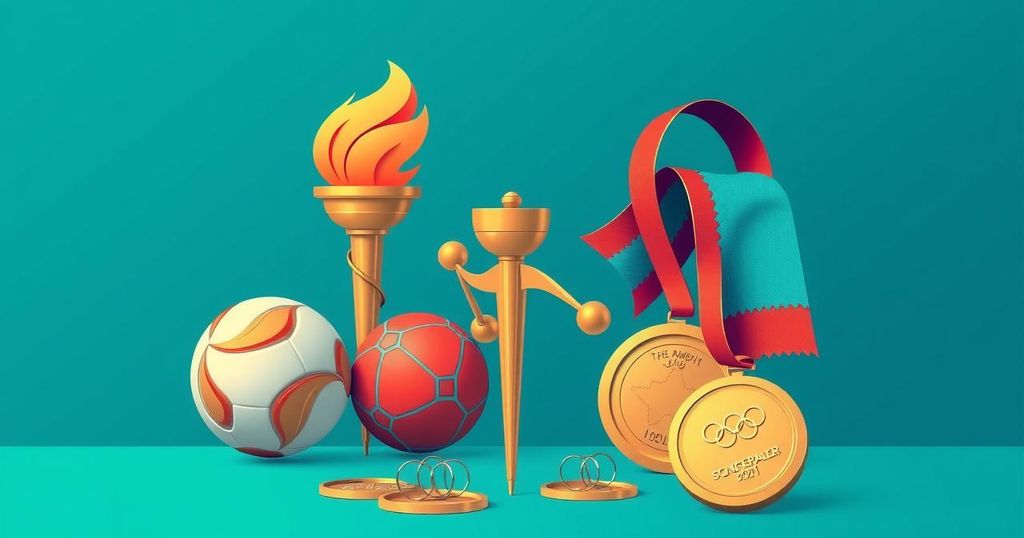IOC Presidential Elections: Candidates and Election Process Overview

The IOC prepares for a transition in leadership as Thomas Bach steps down, with seven candidates contesting for the presidency. The election process includes a secret ballot, requiring a simple majority for a candidate to succeed. Unique candidates, including HRH Prince Feisal Al Hussein, Sebastian Coe, and Kirsty Coventry, offer varied leadership potential for the future of the IOC.
The International Olympic Committee (IOC) is poised for a significant transition as Thomas Bach steps down after 12 years, assuming the title of Honorary President for Life. His departure prompts the election of a new president, a pivotal moment for the IOC and the global sports community. Today heralds the announcement of his successor, amidst considerable anticipation.
Seven candidates emerge for the presidency, each of them having released extensive candidature documents available on the IOC’s official website. Each profile includes brief, translated summaries, with detailed information also found at insidethegames. The candidates are as follows:
1. HRH Prince Feisal Al Hussein – The Jordanian royal, currently the president of the Jordanian Olympic Committee and a former air force commander.
2. David Lappartient – The French president of the International Cycling Union (UCI), which oversees global cycling.
3. Johan Eliasch – A billionaire businessman, Swedish-born but based in Britain, he leads the International Ski Federation (FIS) and formerly held a treasurer position in the Conservative Party.
4. Juan Antonio Samaranch Jr – The son of a former IOC president, he carries considerable legacy weight.
5. Kirsty Coventry – The sole female candidate, a retired Zimbabwean swimmer with multiple Olympic gold medals and serving as her country’s minister of sport.
6. Sebastian Coe – A former British athlete and life peer, he has held multiple leadership roles in athletics, including president of World Athletics.
7. Morinare Watanabe – The president of the International Gymnastics Federation (FIG) from Japan.
The election follows a simple procedure. At approximately 2 p.m. GMT, a secret ballot among the 109 IOC members (including the candidates) will commence. Candidates and their compatriots are barred from voting until they or their allies are eliminated. To secure the presidency, a candidate must achieve a simple majority of the votes cast. If no majority is obtained, the candidate receiving the fewest votes will be removed, triggering subsequent rounds of voting until a majority is reached.
Post-election, the specific voting numbers will remain confidential initially; however, should the two underperformers tie, a tiebreaker will ensue managed by the IOC president. This dynamic adds an element of intrigue to the proceedings. The results of each voting round will be disclosed upon the election of a candidate, marking the end of a crucial decision-making process for the IOC.
The IOC’s presidential election marks a pivotal moment in sports governance, transitioning from Thomas Bach to a new leader amidst a competitive field of seven candidates. Each candidate brings unique experiences and backgrounds to the table, indicating diverse directions for the IOC’s future. The electoral process is straightforward yet introduces potential intrigue through ballot eliminations until a majority is reached. The unfolding events promise to significantly influence the direction of the Olympic movement.
Original Source: www.theguardian.com







